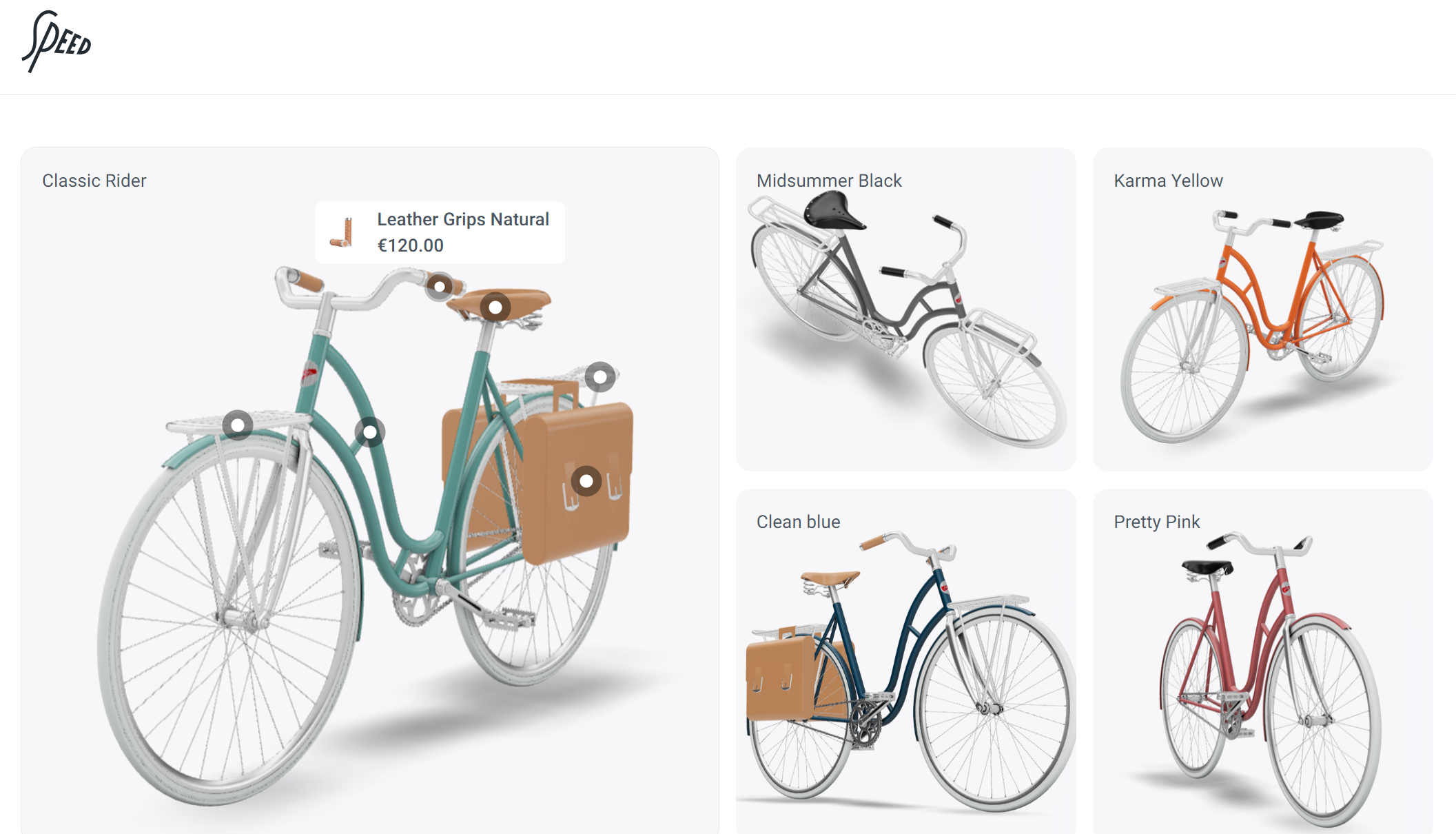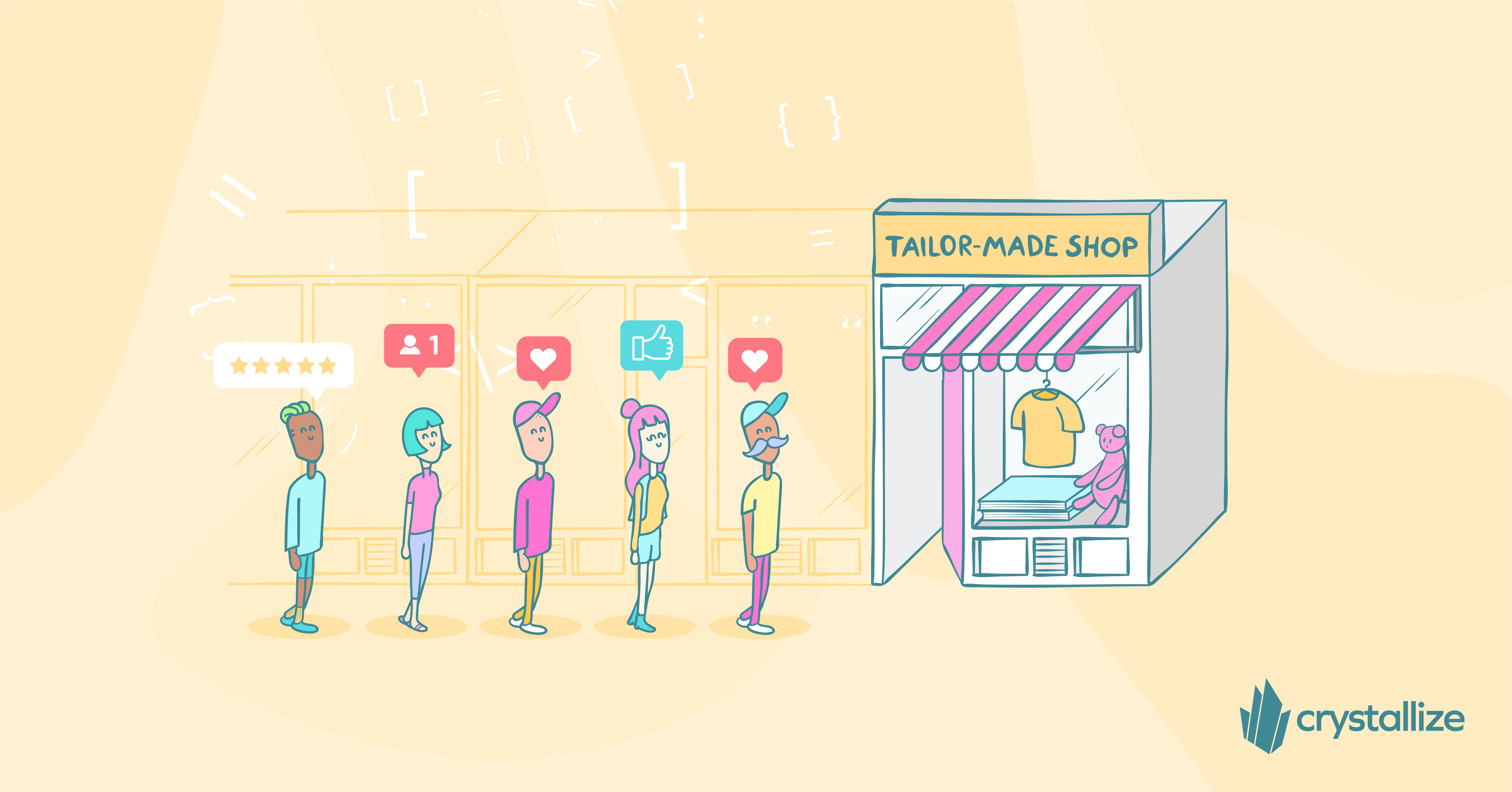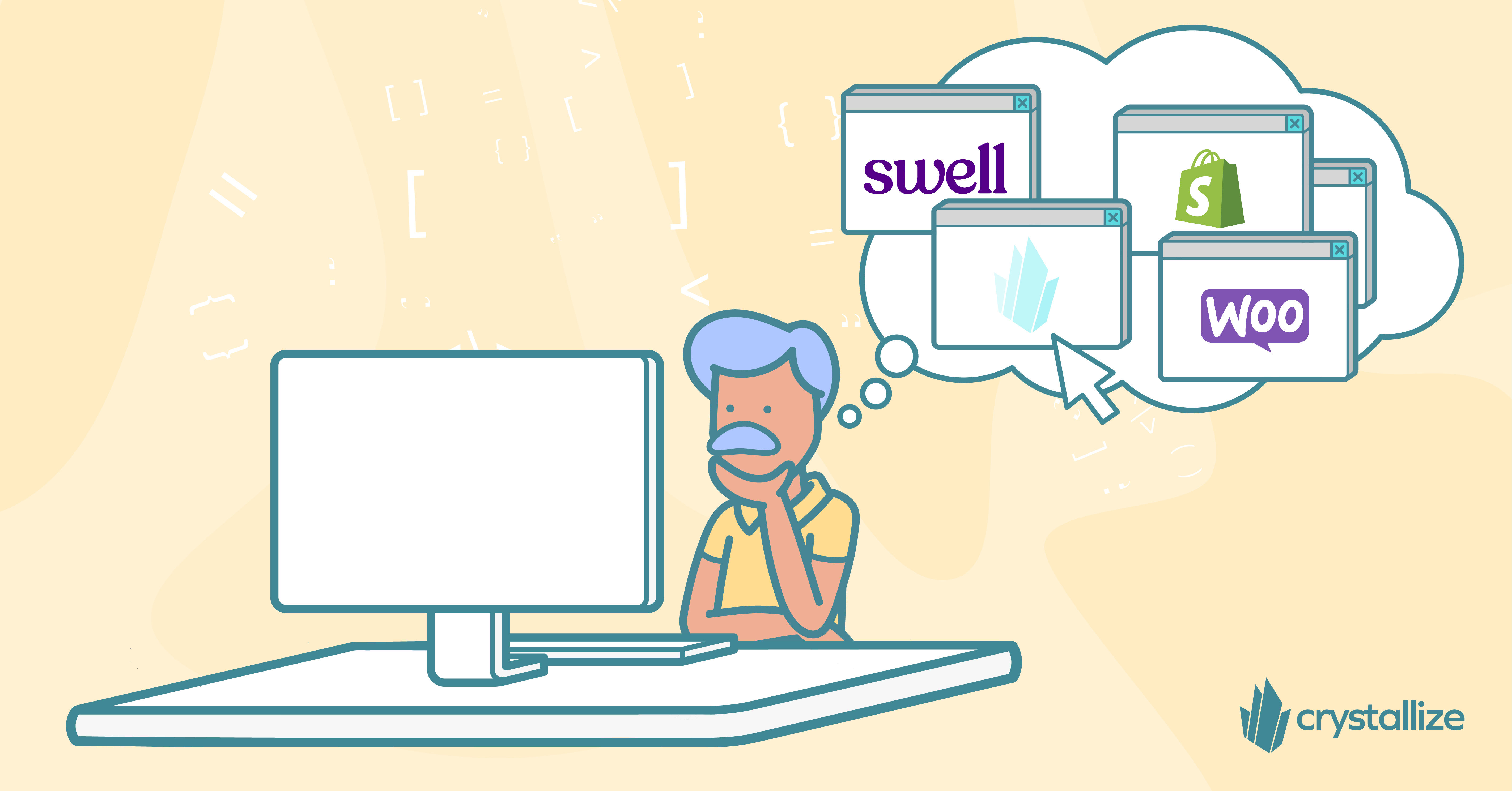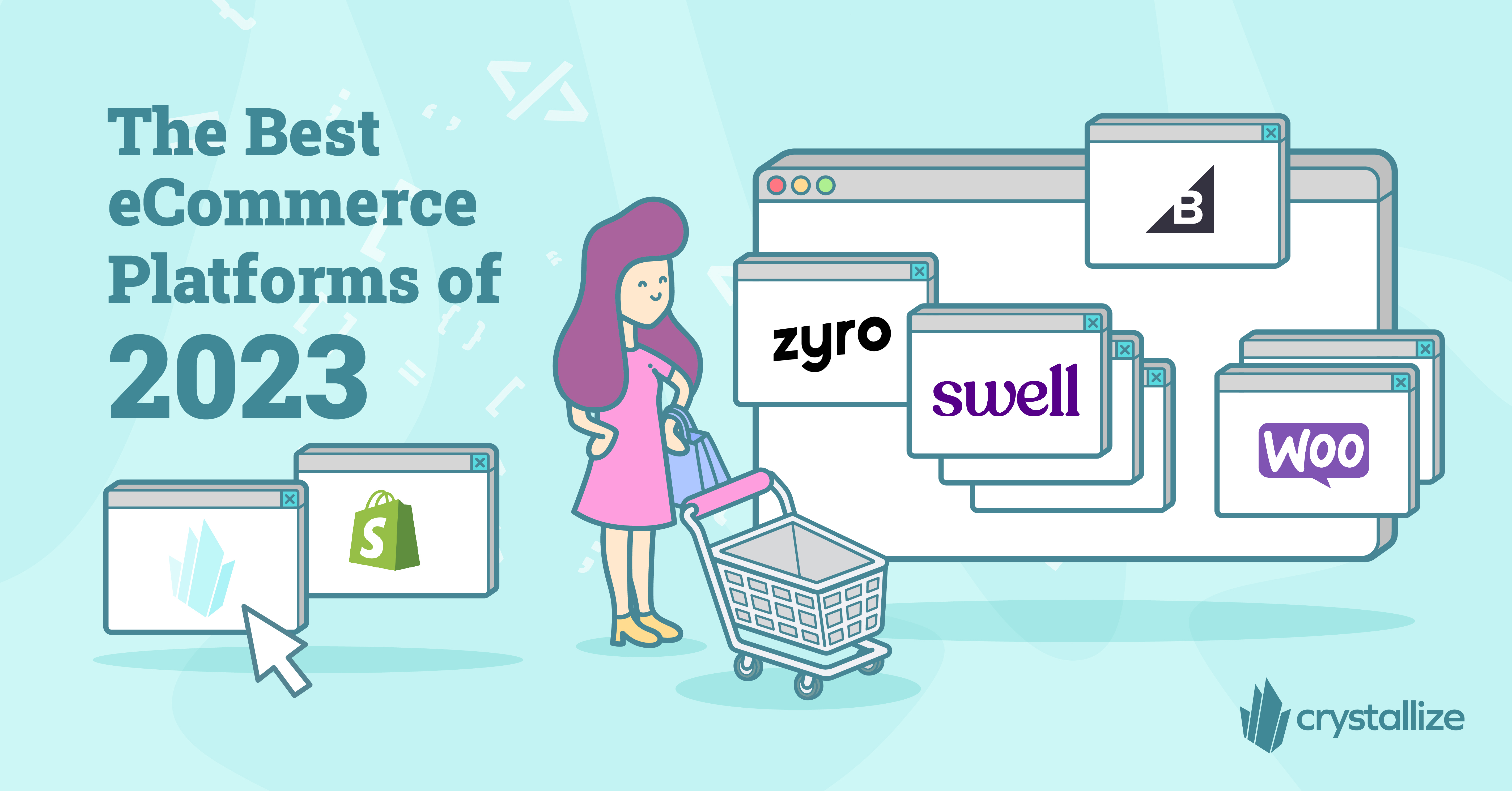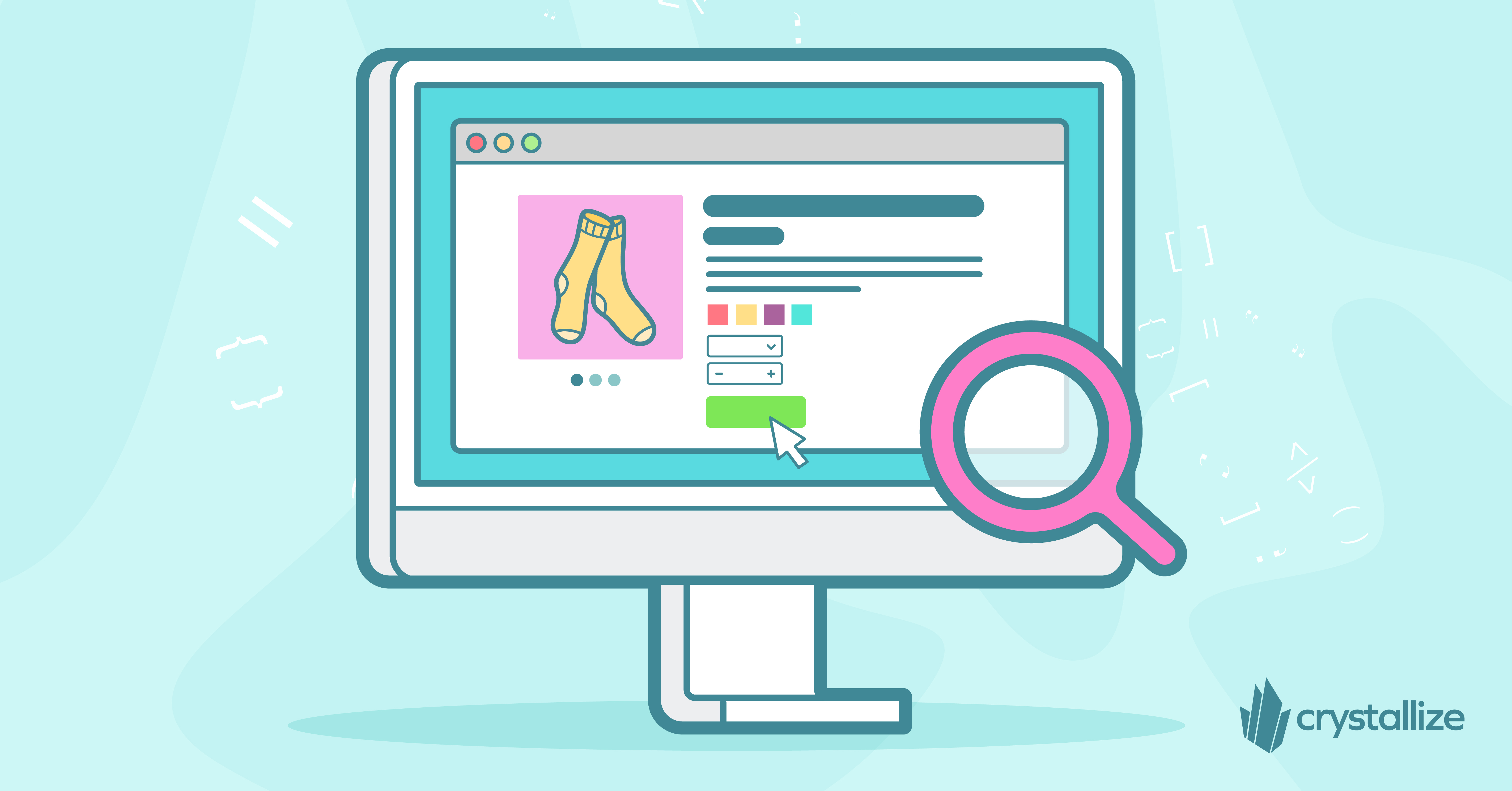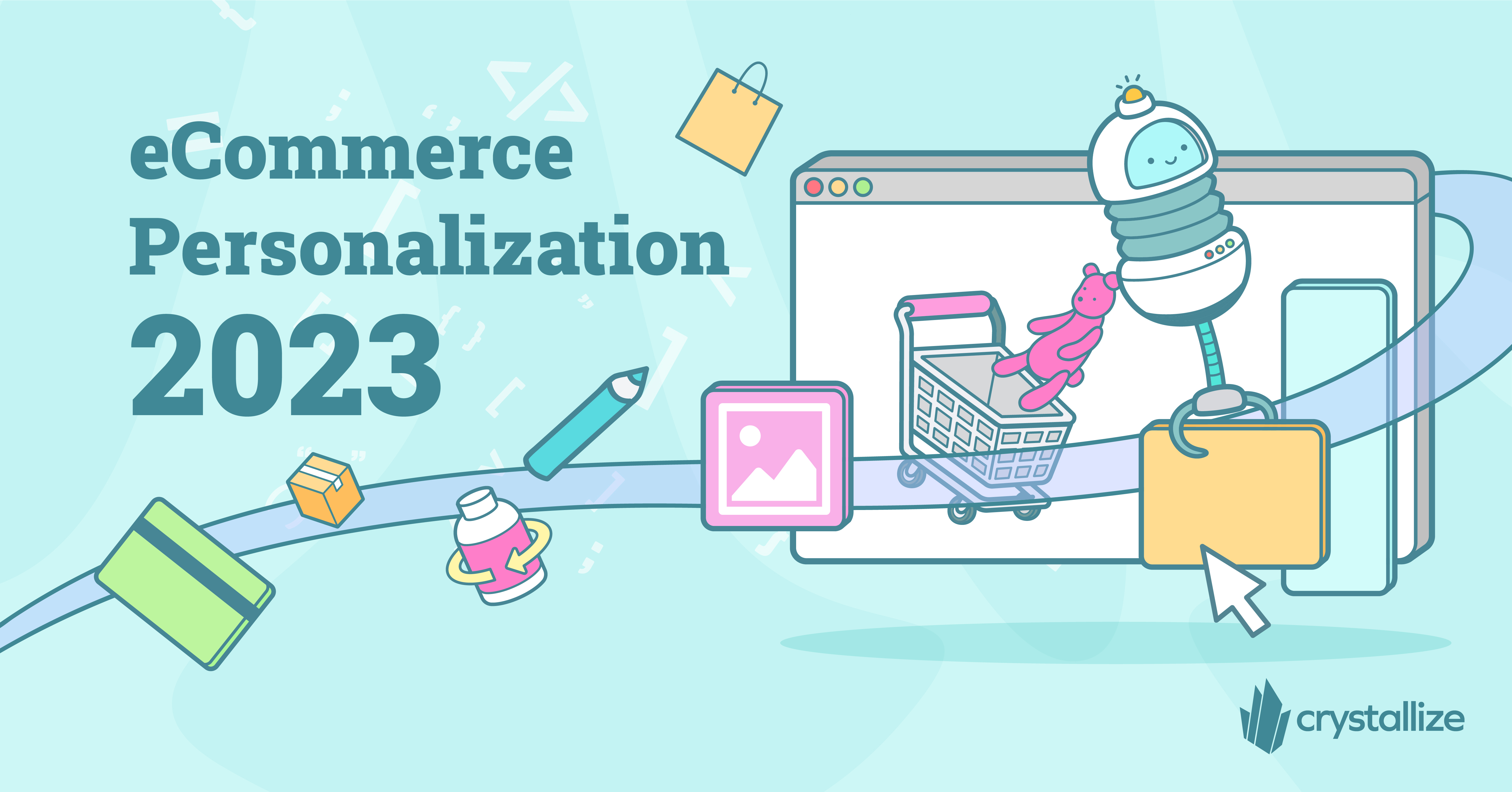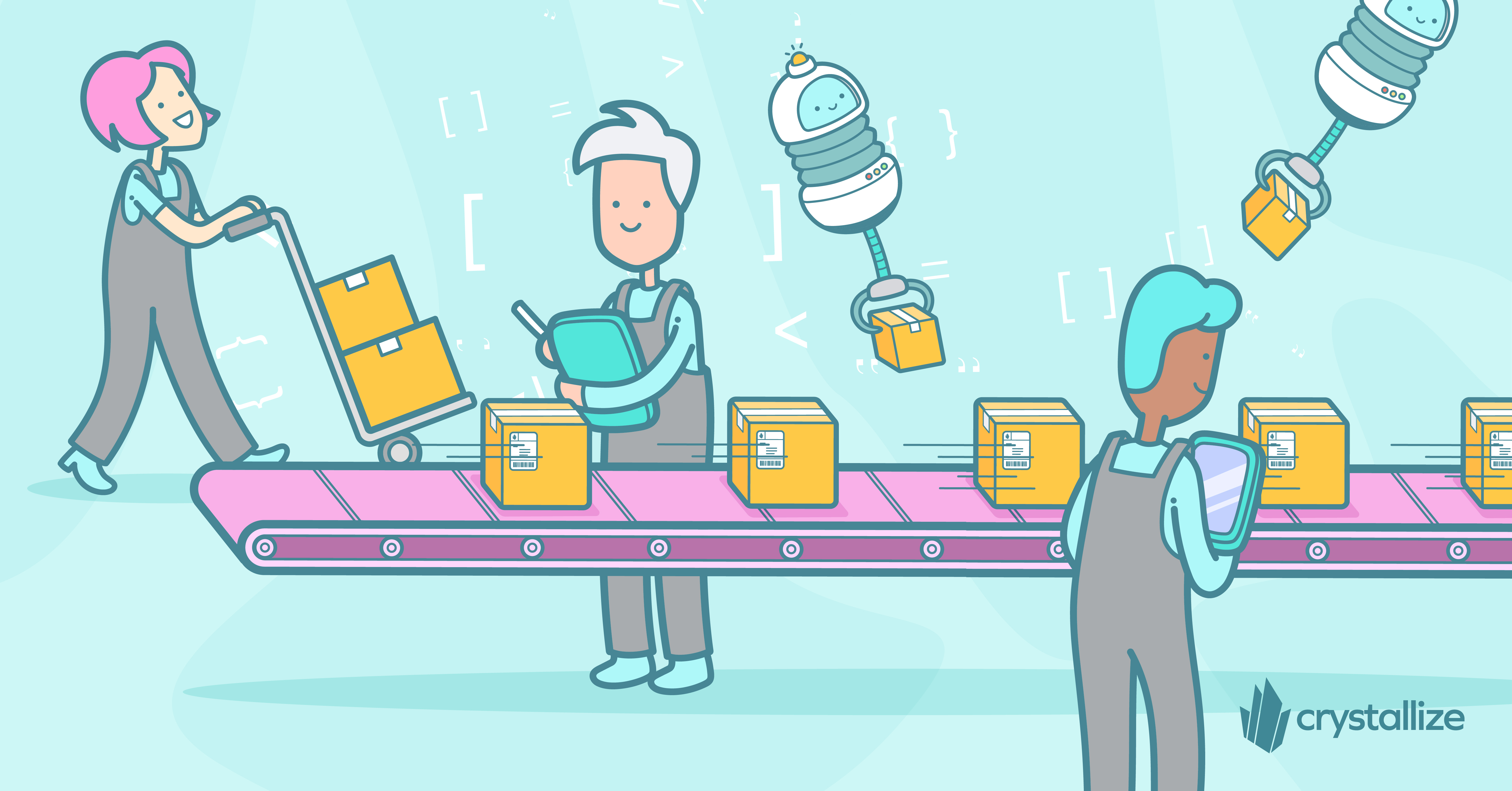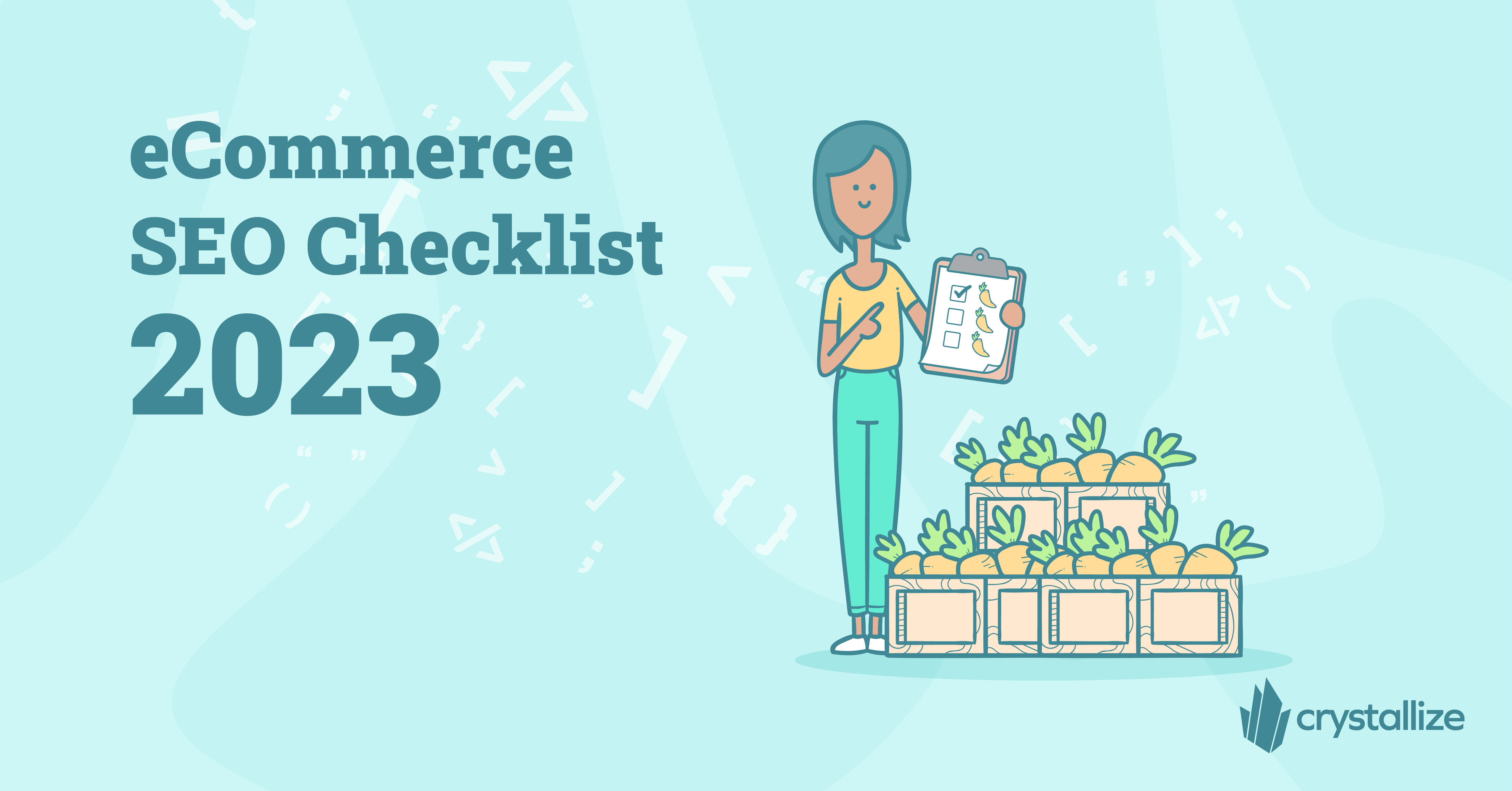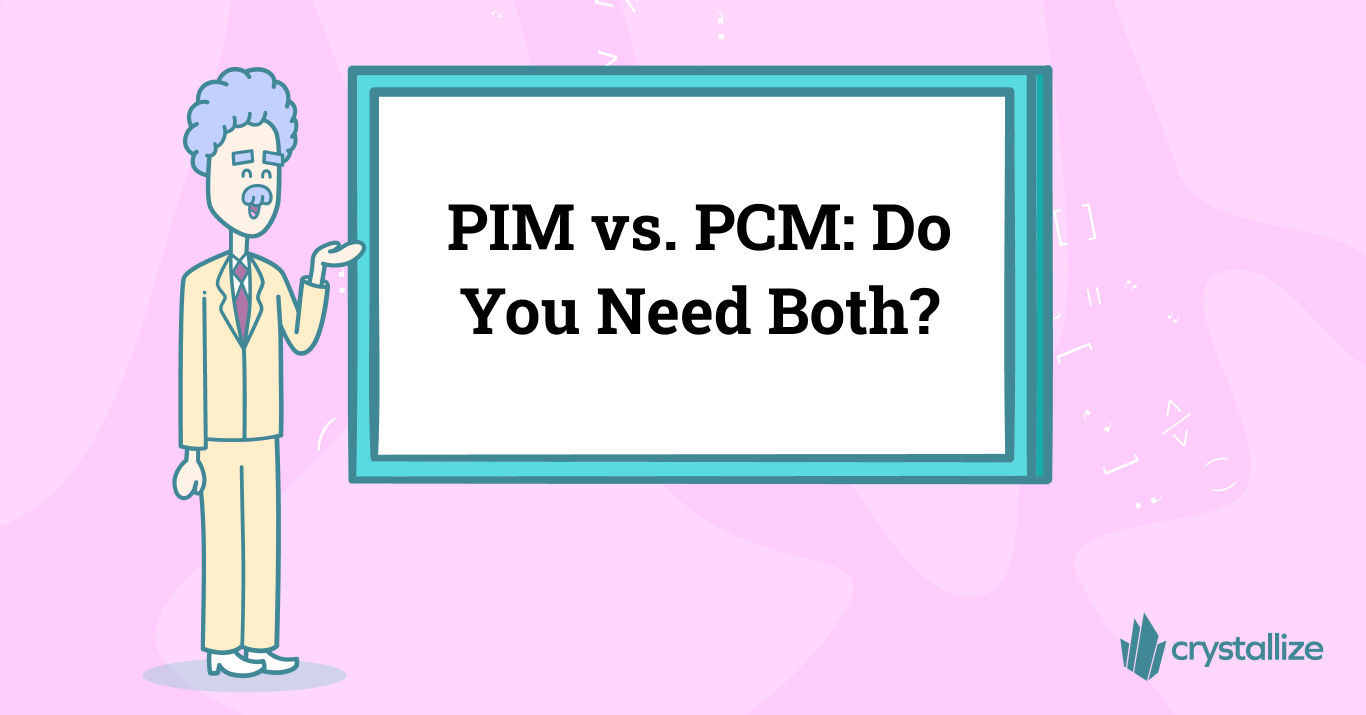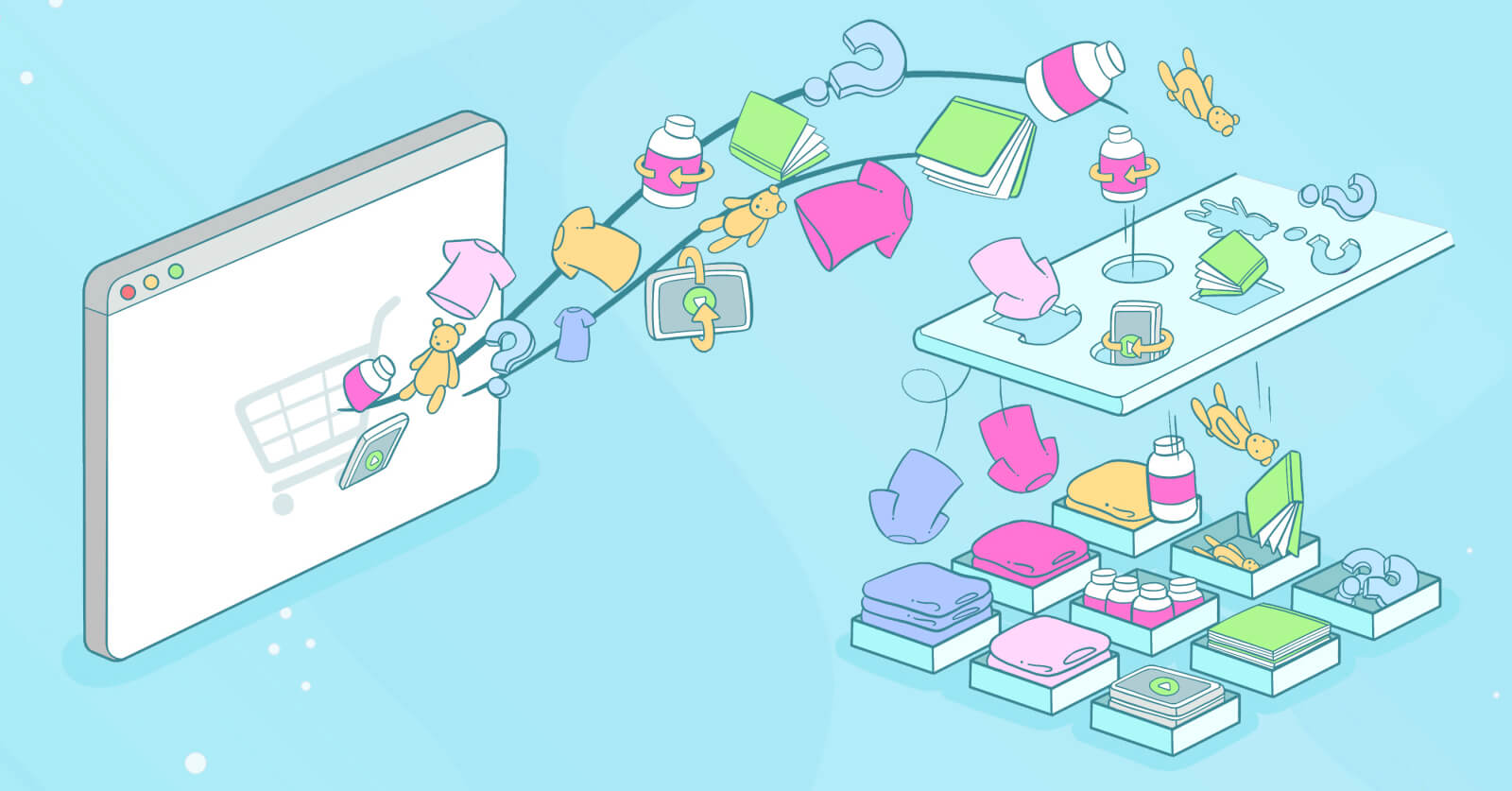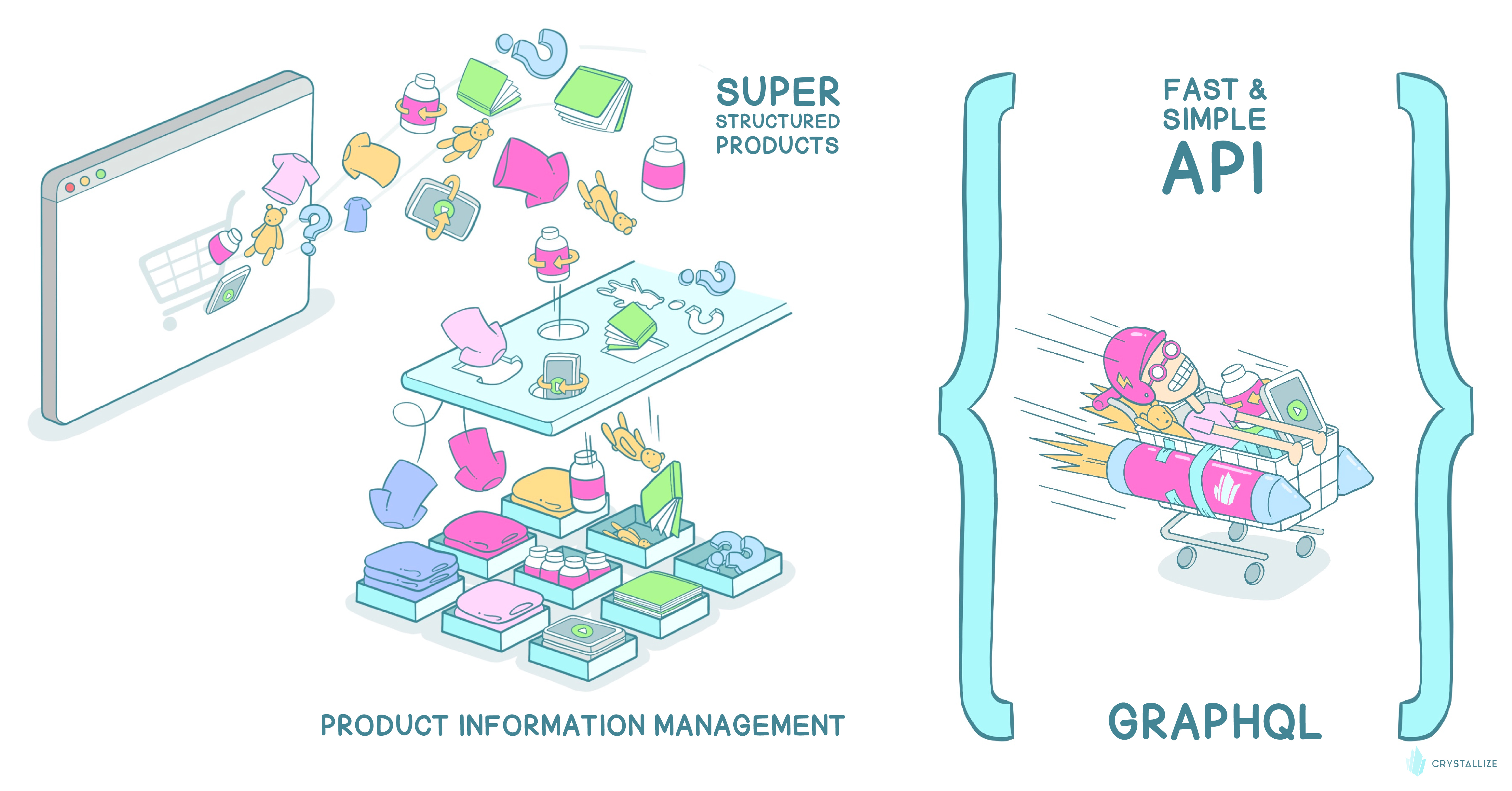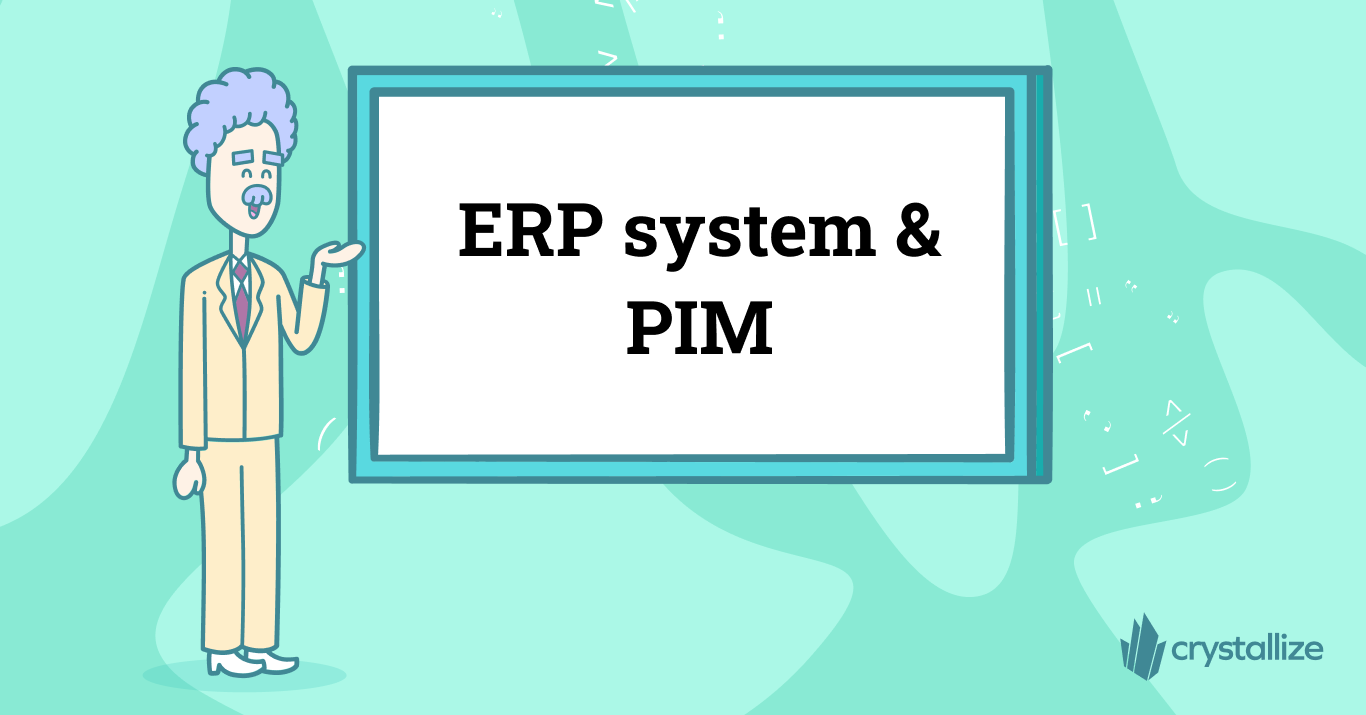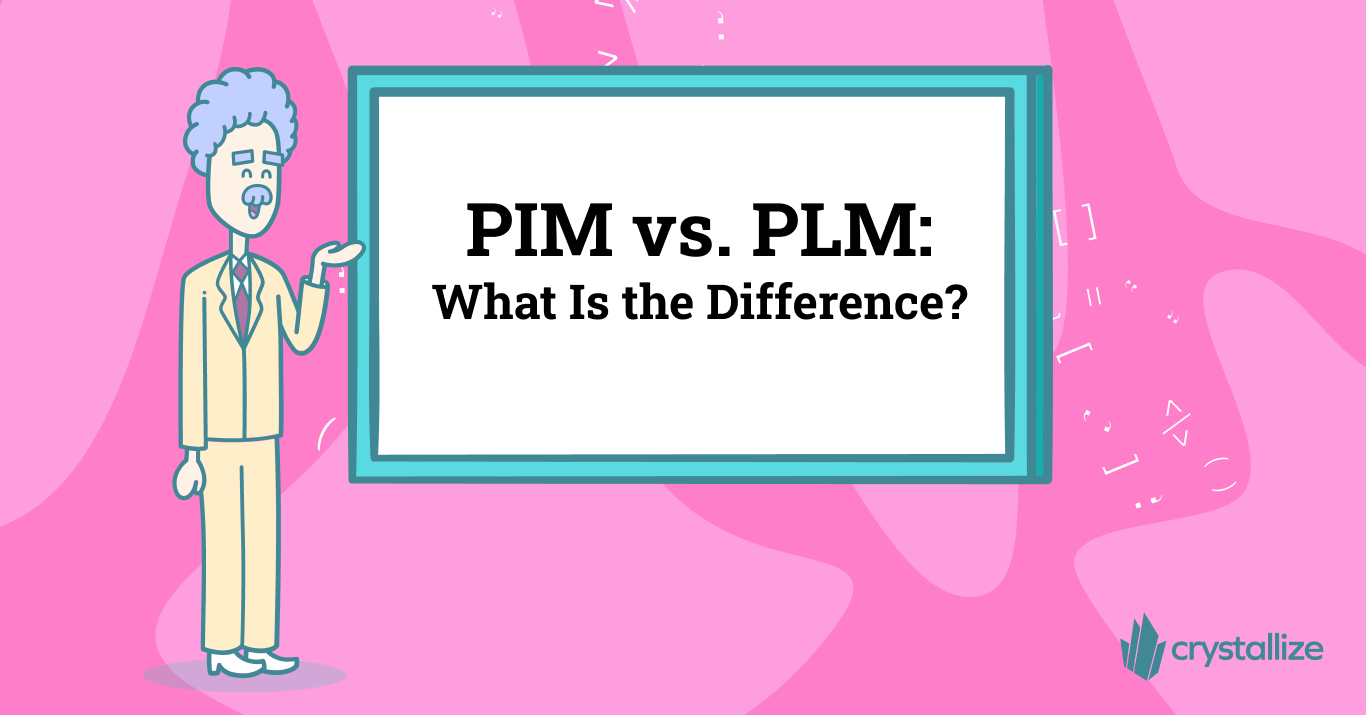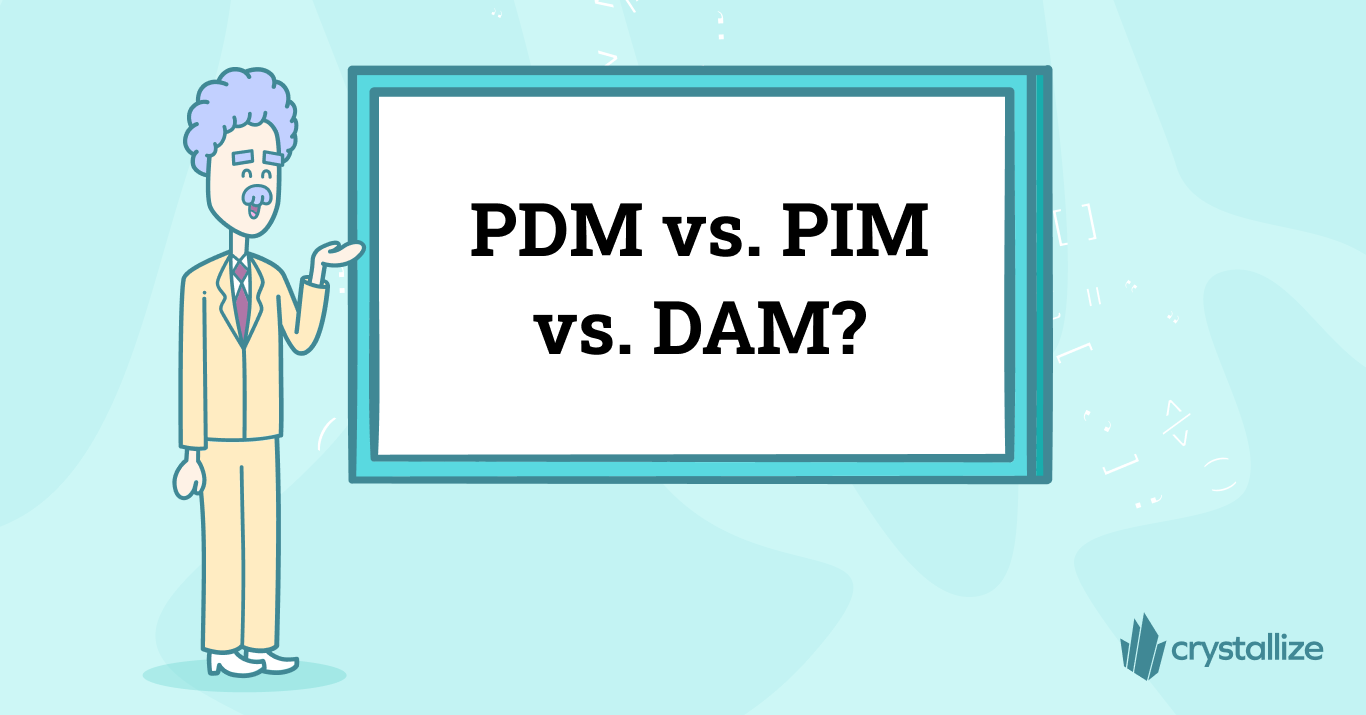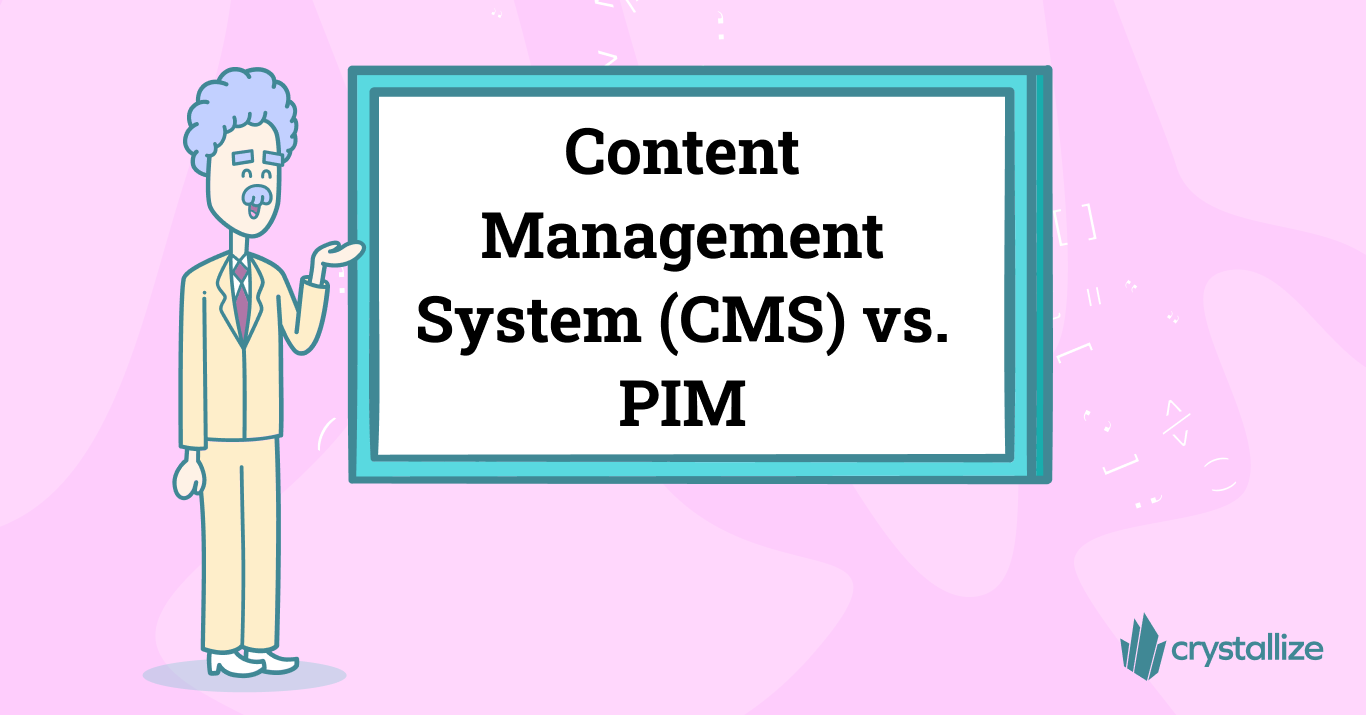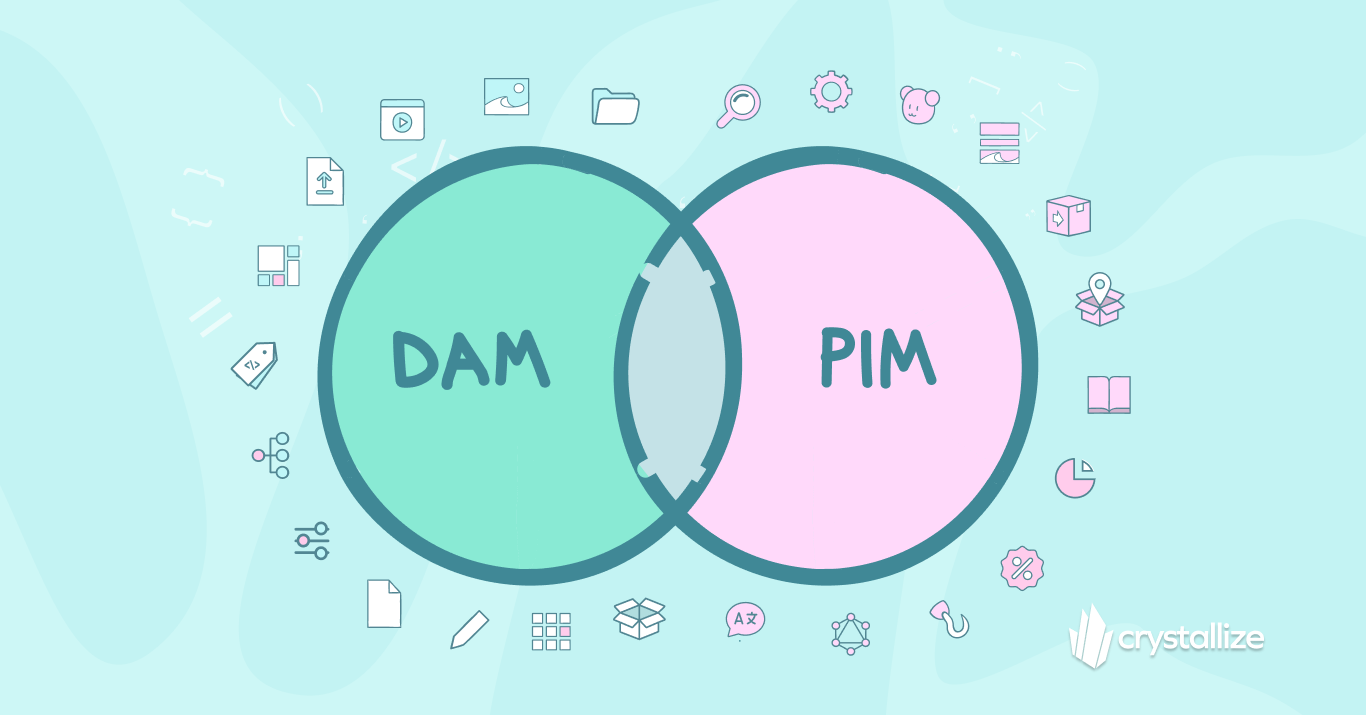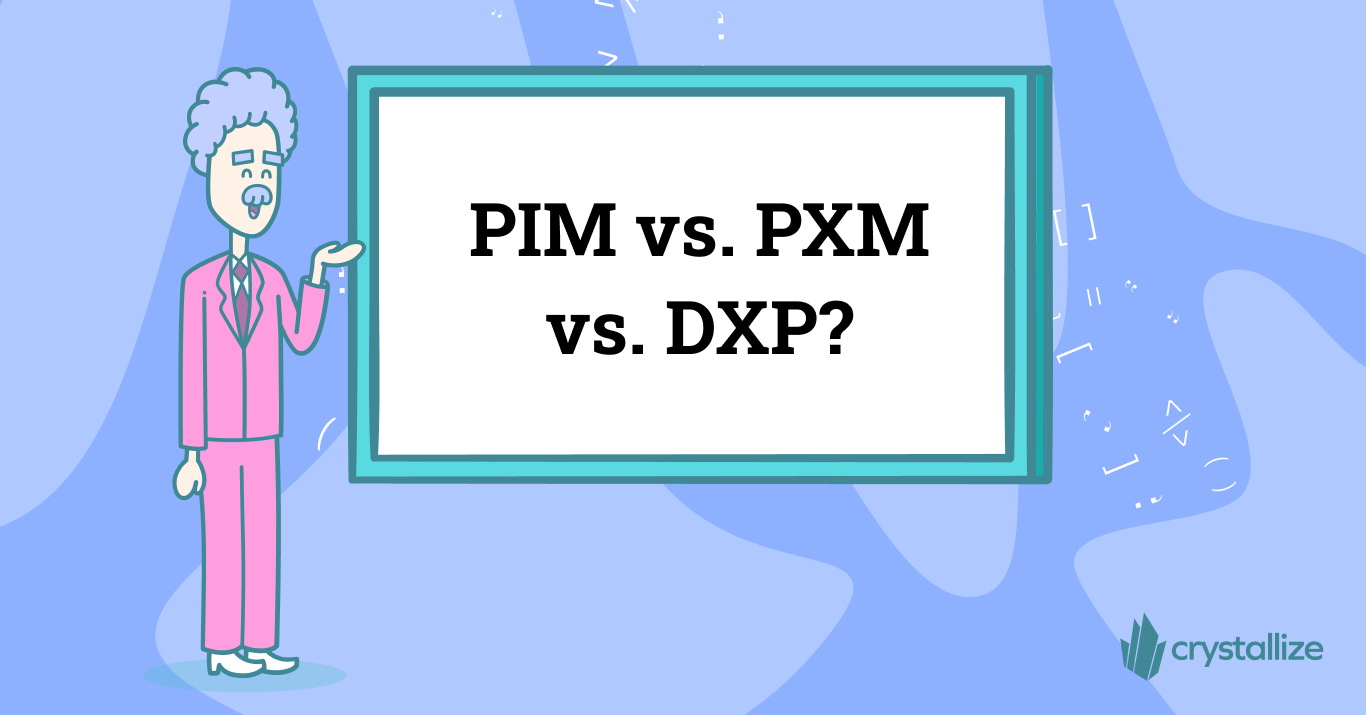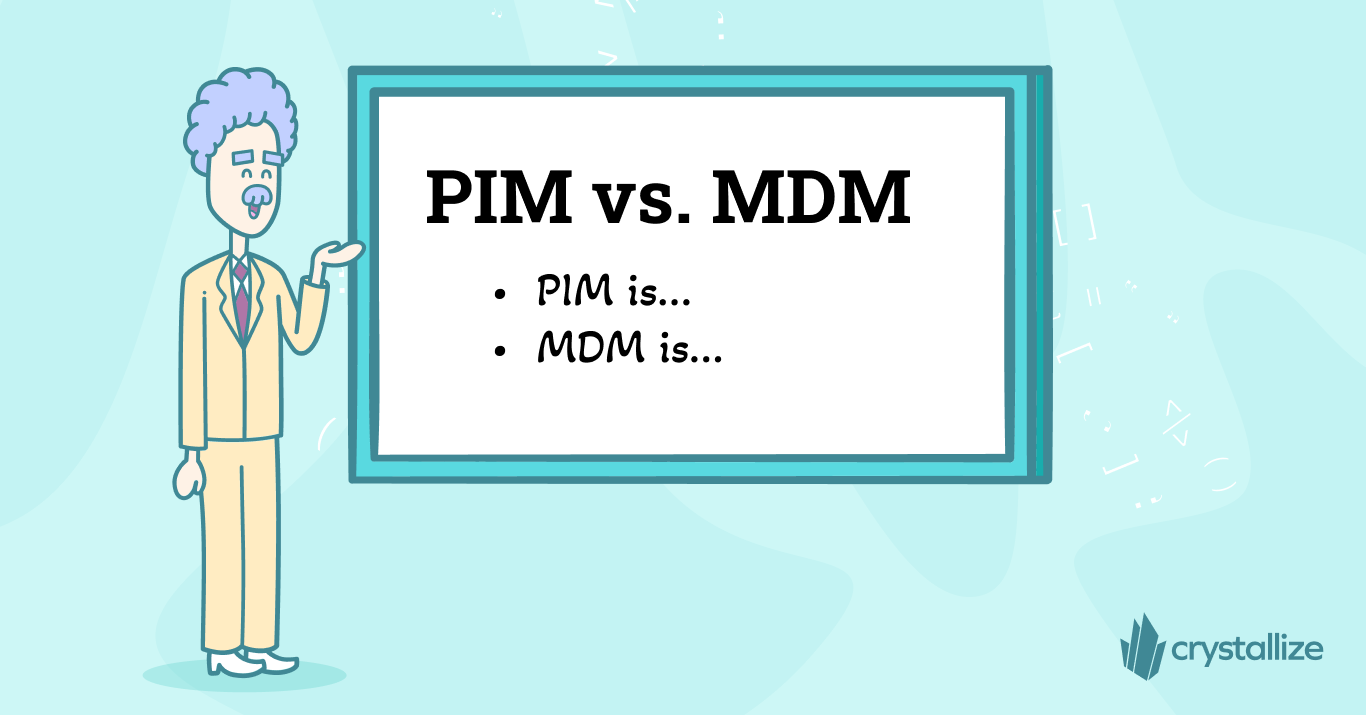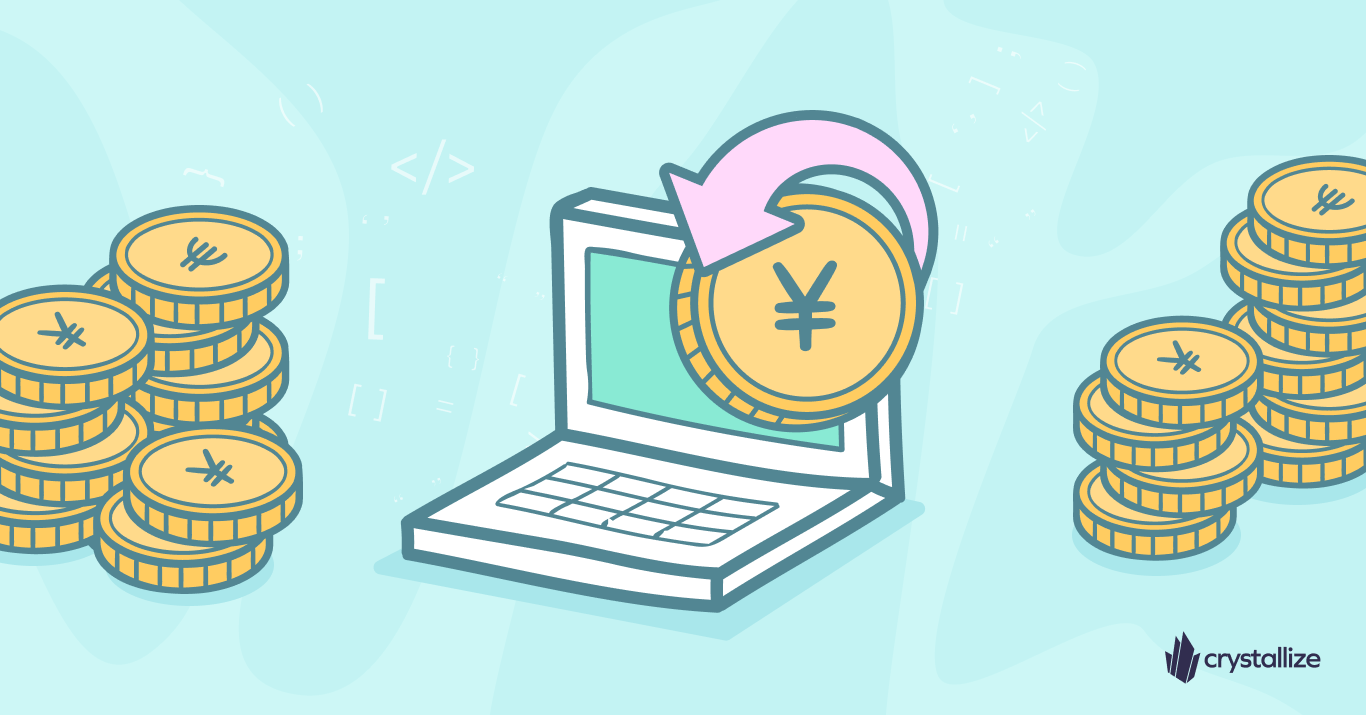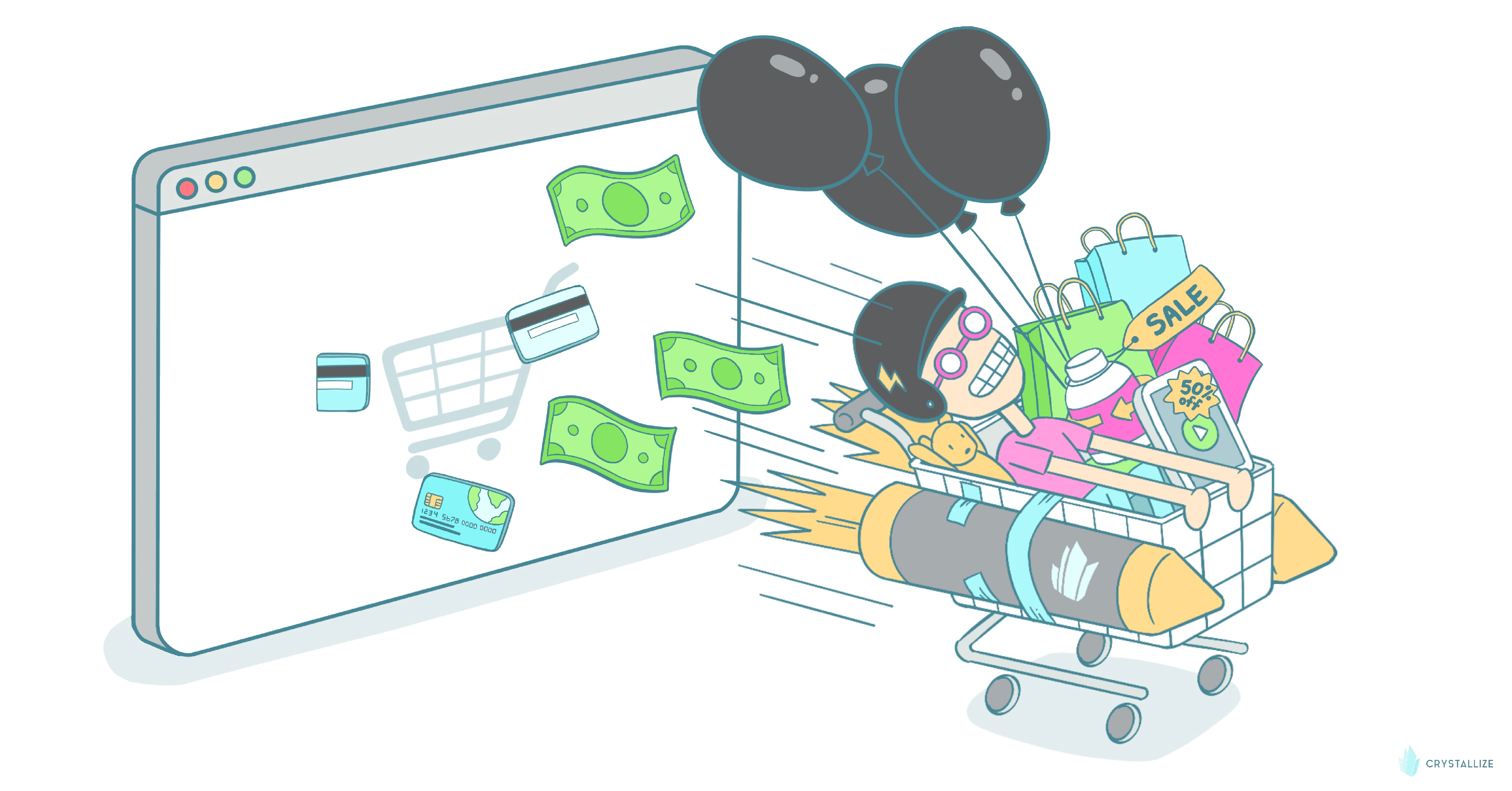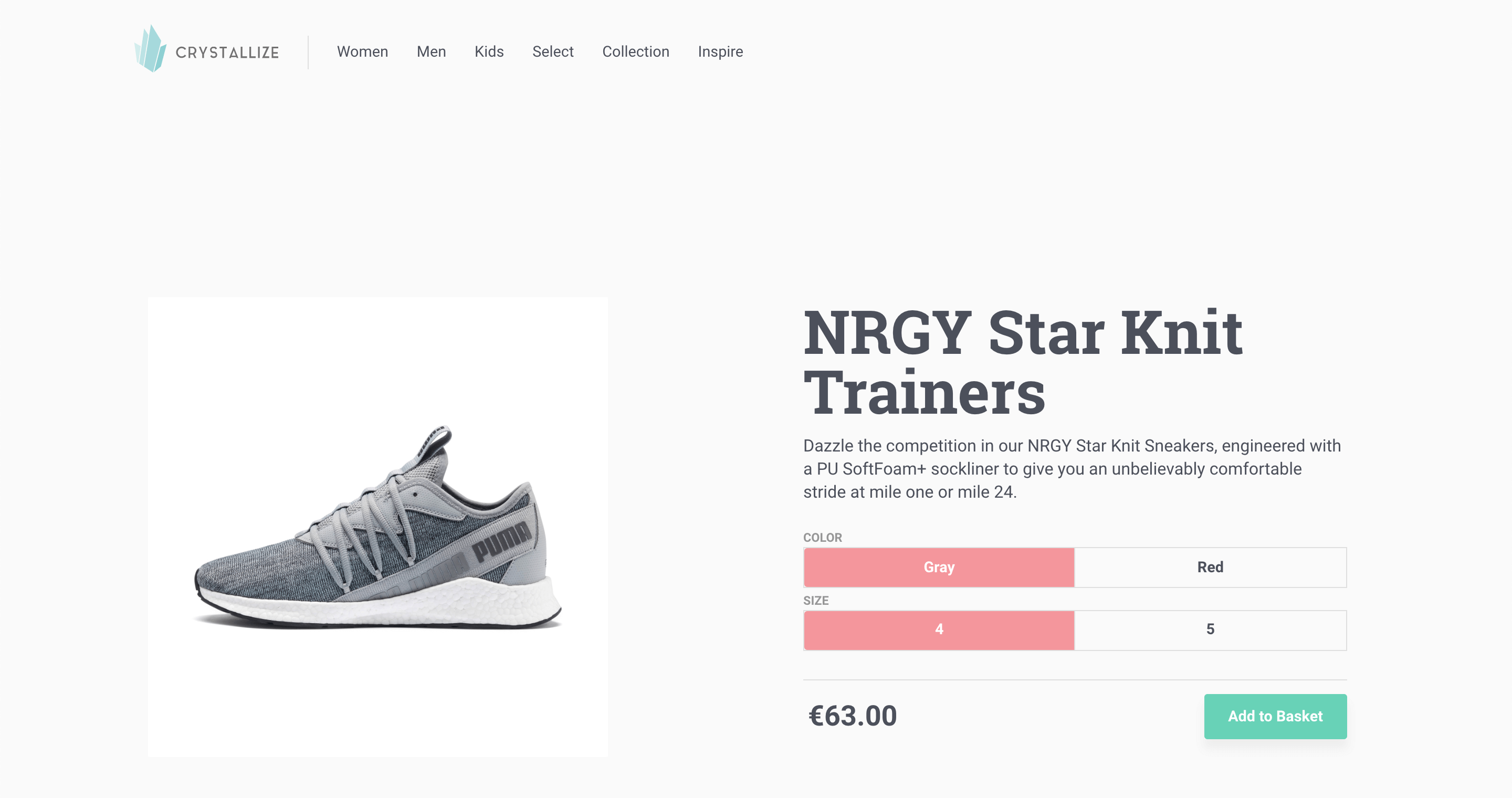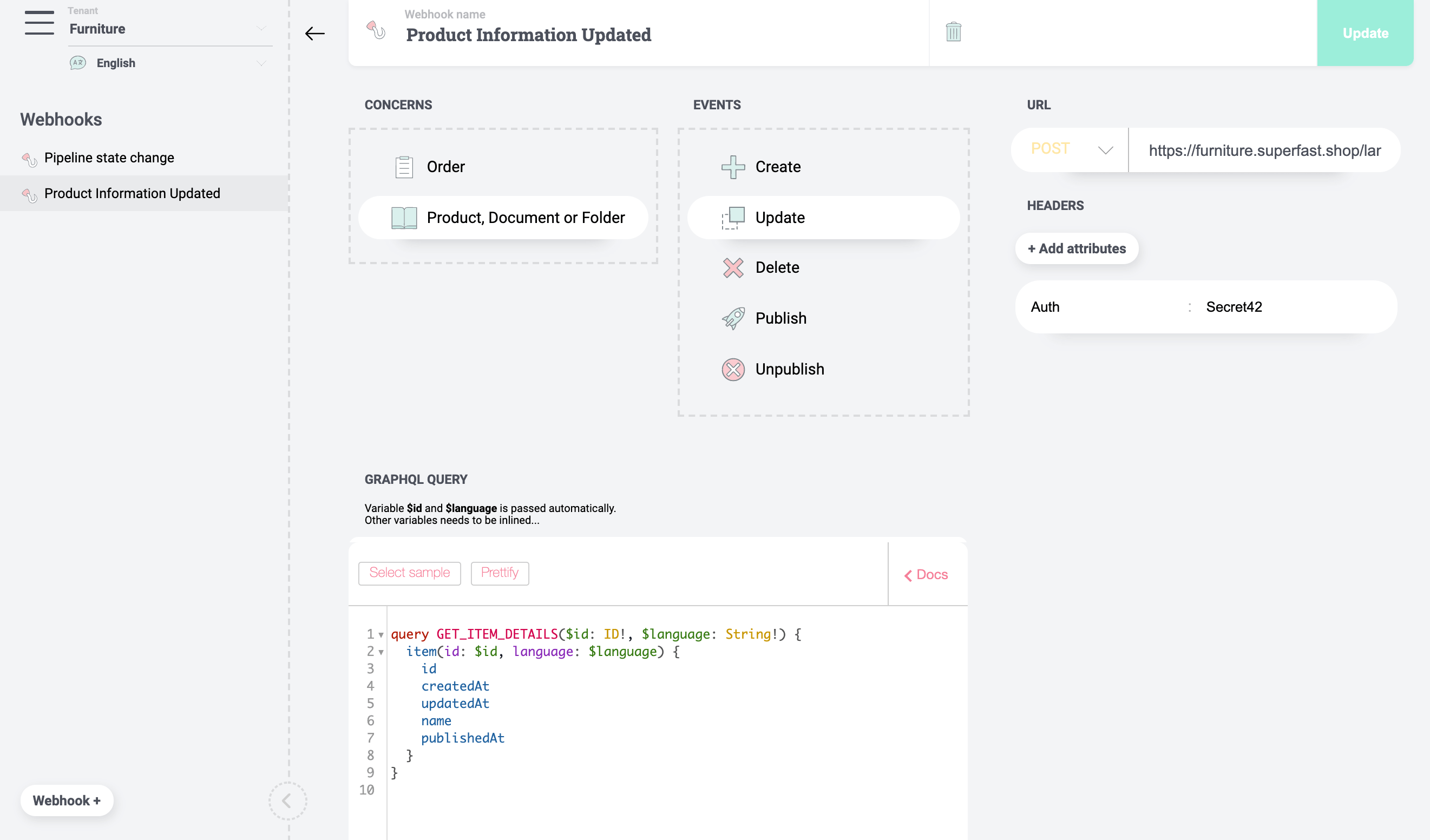eCommerce
Composable Commerce: What it Is, How Does it Work and Is it for You in 2024?
Composable commerce is a business strategy that enables an organization to rapidly adapt to market changes using modular, best-of-breed technology components.
Best Design Practices for Crafting Engaging and Effective eCommerce Websites
Sure enough, staying true to your brand’s identity matters, but it matters just as much as creating a seamless, engaging shopping experience that easily guides visitors from the homepage to checkout. It matters just as much as your website performance or having an omnichannel strategy in place.
Given that the design of your eCommerce store depends greatly on your product, product industry standards, and audience expectations, crafting a one-size-fits-all web design guide is not really feasible.
So, instead of creating a universal blueprint for eCommerce web design, here we’ll focus on articulating a set of best practices we see successful online stores (our clients) implement, be it for the sake of UX or SEO or they are simply cool to have 🙂
eCommerce SEO Guide: How To Drive Organic Traffic In 2024
With Google having a clear bias towards big media publishers (trustworthy, authority sites) and thousands of mediocre AI content published daily, how do you fight for the top spots in search engine results in 2024?
eCommerce Marketing Strategies to Increase Traffic and Boost Revenue in 2024
The global eCommerce sales for 2023 surpassed $6.5 trillion for all online products (source). What can we expect this year? Well, can't be sure about the exact number, but I feel it will only go up.
While this rapid growth means more opportunities, it also means tougher competition where only the best make it. I've read somewhere you need to sell where everyone scrolls, searches, and shops. It's only partially true because you need to sell where YOUR audience is scrolling, searching, and shopping, not everyone.
How do you do that?
I'm glad you asked. With an effective marketing strategy that helps your businesses increase brand awareness, drive traffic, generate leads, and ultimately boost sales and revenue.
That's easier said than done🤔
While it is never good when you have to explain why you are doing something, this article (kind of) deserves it because it has been in the making for quite some time and comes as a sum of conversations with our clients and my personal meandering past and present experiences. The article is tailored for emerging eCommerce ventures and seasoned brands aiming to enhance their digital footprint. It's crucial to acknowledge the unique nature of each business, which means that not all strategies discussed may align with your specific business model and use case.
The key takeaway for you is to use this article as a starting point for developing a strategic framework that will help your business increase website traffic and elevate revenue.
3D Visual Product Configurator Accelerator
Accelerate your product configurator development. This boilerplate enables visual shopping experiences with complex products. Powered by Crystallize and CharpstAR and wrapped in the frontend framework Next.js, this open source gives you a foundational immersive shopping experience. You can check out the boilerplate live in our running product configurator demo.
Headless Commerce: A Complete Guide to the Future of Online Selling
New sales channels appear every day. Instagram now has a shopping tab, WhatsApp is getting one, TikTok is jumping onto the eCommerce wagon, and purchasing groceries from your smart fridge has become a reality. If your online store is your only sales platform, then you’re seriously missing out.
Yes, we get it.
First, it’s creating content for your website. Then, it’s creating content for mobile. It’s creating social media sales channels, smartwatches, and other IoT devices. Moreover, the number of these will only increase in the future.
And who has a team that large? Not many! But hey, that’s why you’re here because this is where headless commerce shines.
Headless commerce and headless architecture have gained much traction lately, so the market for headless commerce is projected to expand to around USD 2.2 billion by 2023. Over six in ten retail companies plan to migrate to headless commerce platforms by 2024, while over 20 percent already use them (source: headless commerce stats 2024).
How to Turn Shoppers into Brand Loyalists?
In the ever-growing world of eCommerce, where consumers have endless choices, brands rule the world. Brands rule shopping habits. Brands rule shoppers' expectations. Well, we might not be there yet, but we’re pretty damn close, and that’s what makes building brand loyalty more important than ever.
It’s what can set you apart from competitors and ensure a constant stream of revenue.
And the industry realizes this. For example, 50% of marketers list brand loyalty as one of the top goals of their content marketing strategies.
How can you win the hearts and minds of customers so that they return to your business repeatedly? Why do people go from casually browsing for a product to fiercely advocating for a specific brand? How did the brand win them over?
A couple of months back, I talked about it with Bård Farstad, our CEO, and Ståle Eikeri, our sales guy and COO, and what you read are my notes turned into an article. It’s not like we share the best-kept secrets of turning shoppers into brand loyalists, it’s more like we share our experience and what worked for us.
What Is Order Orchestration in eCommerce?
In the dynamic world of eCommerce, satisfying customer demands while managing operations efficiently is a juggling act. Ever wonder how successful online retailers manage it all? The secret sauce is order orchestration.
Choosing an eCommerce Platform Today Is Hard
The global eCommerce market reached a US $13 trillion value in 2021 and is forecasted to reach a whopping US $55.6 trillion by 2027.
With such growth of eCommerce year over year, it's essential for online retailers (and other businesses) to have the right technology to support their business and strategy. But with so many eCommerce platforms available, how can you tell which fits your business best?
How do you pick the one that suits your needs, keeps up with the development and market trends, and ensures your business's online success?
In part two of the five-part article series, we discuss choosing an eCommerce platform that's the right one for your use case.
The Best eCommerce Platforms of 2023
Gartner magic quadrant view, business expectations, industry leaders' opinions, most popular solutions… best of articles come in all shapes and sizes. This one of ours about eCommerce platforms is a bit different… we hope.
SEO for Product Pages: The Basics
Great product pages are vital to a successful online store, so how do you optimize your product pages for SEO and high conversions?
Getting Started with Direct-to-Consumer (DTC) Marketing in 2023
Driving customer acquisition, optimizing the eCommerce experience, fostering loyalty, and scaling operations are the reason why brands opt out for Direct-to-Consumer (DTC) approach in business and marketing. But is it for everyone, and how do you start with it?
eCommerce Personalization: 2023 Guide
60% of consumers say they will likely become repeat buyers after a personalized shopping experience with a retailer. (source link).
The value of getting personalization right or wrong is also rising. Right now, companies that get personalization right have the potential to generate 40% more revenue (source link).
There are a ton of stats like the two above, and they all suggest the same thing personalization matters! With the increasing competition, the sheer number of available shopping channels, and omnichannel buying experiences on the rise, online retailers and other eCommerce businesses need to differentiate themselves from their competitors to attract and retain customers.
Personalization shines here. It helps create a unique experience for each customer, leading to increased customer engagement and loyalty. It is one of the best-proven Conversion Rate Optimization (CRO) tactics in 2023.
With that in mind, we wanted to put a couple of strategies and tools in your perspective that can substantially increase customer engagement and loyalty through personalization.
Google Analytics 4 for eCommerce: The Bare Minimum
Google announced Universal Analytics (UA) would no longer process new data in standard properties beginning July 1, 2023, and that you should be moving to Google Analytics 4 (GA4). It’s not like the world is ending, right? But what does that mean for your business?
eCommerce Conversion Rate Optimization (CRO): Boosting Your Conversion Rate Made Simple In 2023
Are you struggling to convert your website traffic into paying customers? Are you tired of spending hours and resources on driving traffic to your site with little to no return on investment? Then it's time to focus on Conversion Rate Optimization (CRO).
Distributed Order Management
eCommerce is wildly different than it was ten years ago. With the rise of omnichannel and globalization, managing your store has become increasingly complex.
eCommerce SEO Checklist: The Best Practices For 2023
Not your average list but a comprehensive 19-point eCommerce SEO checklist with everything you need to know to optimize your store and successfully grow organic traffic and revenue.
PIM vs. PCM: Do You Need Both?
When it comes to managing product information, two terms often used interchangeably are PIM and PCM. While they may sound similar, these two concepts are quite different and serve different purposes in the world of e-commerce and product management.
What is PIM, and How Does Product Information Management Work?
PIM is your centralized product information system from which the product data is distributed to all relevant stakeholders, teams, and sales channels.
Product Information Management Done Headless
A headless approach to PIM means having a service ready to manage product information in seconds. Product information and content are delivered via an API. No templates, no web pages, only structured content. Pure developer bliss.
PIM vs. eCommerce
Product Information Management (PIM) is the key to eCommerce success.
What is Digital Asset Management (DAM)?
With digital asset management (DAM) platforms, you get the power to store, share and organize all digital assets from a single secure location.
PIM vs. ERP Systems: The Differences
ERP helps to manage core business processes (manufacturing, supply chain, services, procurement, finance, HR, etc.) in an integrated system efficiently.
PIM vs. PLM: What Is the Difference?
Welcome to another battle of acronyms! Who will come out on top: PIM or PLM?! Spoiler alert, ideally, they’d work together.
PDM vs. PIM vs. DAM: Which One Do You Need?
Businesses and organizations that need to manage and organize massive amounts of product-related data effectively should use PDM.
Modern eCommerce Web Development
With the number of available tech solutions, tools, architectures, and approaches to web development today, it is easy to get overwhelmed when choosing the one for your online store.
PIM vs. CMS: Which One Do You Need?
When it comes to managing digital content, there are two main types of systems that professional businesses use (oftentimes together): Product Information Management (PIM) systems and Content Management Systems (CMS).
PIM vs. DAM: What's the Difference?
We just scratched the surface by explaining product information management (PIM) and digital asset management (DAM). Time to compare these two concepts and systems and describe the business benefits of using them.
PIM vs. PXM vs. DXP: Understanding the Concepts
Personalized experiences increase the likelihood of purchase by 80% for consumers. And with that, experience management platforms (XM) entered the scene.
PIM vs. MDM: What is the Difference?
MDM manages all types of company data, including those managed in PIM, making PIM a subset of MDM. Wait, what?
Return on Investment (ROI) of Headless Commerce
The benefits and competitive advantages of headless commerce are many. When done right, of course. Let’s look at some of the primary advantages that a proper headless commerce buildout can provide.
Frontend Frameworks in 2022 for eCommerce
The frontend frameworks ecosystem is booming so much that finding the right one for your online business/store has become challenging (at best). We’d love to help. This post is all about that.
Milliseconds Matter: Five Reasons Why a Headless eCommerce Platform Needs to be Blazing Fast?
Check out the top reasons your ecommerce platform needs to be blazing fast if the satisfied customer is not a good enough explanation.
The eCommerce Performance Magic Sauce
Genuine internet craftsmanship is performed by experienced UX designers, front-end developers, and information architects. The combined focus on customer experience, frontend performance, and beautiful reusable information architecture is rocket fuel for SEO, conversion and click-through rates, and reusable content services.
The differentiation is in the execution—in the details.
Engaging Online Shopping Experiences with Video
Creating a seamless and engaging on-site customer experience is the ultimate goal for everyone running an online store. Besides your product/service, your store performance and product videos ensure you get the much-needed attention.
Black Friday eCommerce Should Not Mean Waiting in Line
It makes no sense, but it is true. The reason for waiting in line is that many online stores are running on outdated technologies that simply do not scale, like Elkjøp in Norway or Jeffree Star.
Testing One Million eCommerce Orders Per Hour
How fast and well your website can handle serious amounts of simultaneous order placements can make or break businesses. It depends on your chosen ecommerce platform, of course. So we tested ours.
Multilingual Jamstack eCommerce
The ability to offer a personalized, localized experience to your customers fast is hugely important for today’s businesses. With that in mind, let’s talk about Jamstack, ecommerce, and multilingual setup.
PIM + Gatsby = Jamstack eCommerce
The Jamstack strategy is gaining momentum these days, and rightfully so. Benefits such as better performance and easier scaling alongside better developer experience come to mind immediately. One of the main reasons we got into the business of reimagining ecommerce is giving devs the freedom to BYOF (bring your own front end). To tailor-make the front end and build a process for continuous deployment for fast iterations and deliver the best possible customer experience.
To make it even easier to start a Gatsby JS ecommerce project, we combined our Crystallize PIM with Gatsby, a modern React-based framework, to build out a super scalable Jamstack headless commerce solution. The results are staggering. Pagespeed score of 100 and a 3ms average response time when scaling out with 500 concurrent users on Vercel. Fast.
How to Build Beautiful and Fast Jamstack eCommerce in 3 Steps?
With the rapid growth of tools and solutions available in the space now is probably the best time to move your online store to Jamstack eCommerce architecture.
Long-form Storytelling for Engaging eCommerce Experiences
You can use long-form storytelling to increase engagement by creating authentic experiences. Learn from Patagonia and The New York Times how to build trust and grow your online audience. Emotional stories that inspire are more likely to be shared and, if you are lucky, even go viral. We have created an open-source eCommerce boilerplate to get you started with long-form storytelling.
Event Driven eCommerce Orchestration for a Jamstack Frontend
With site speed becoming an important part of a customer experience making sure that the number of backend requests during runtime has become important.
Content Rich Storytelling Makes Juicy Ecommerce
Tell the story behind the product.




